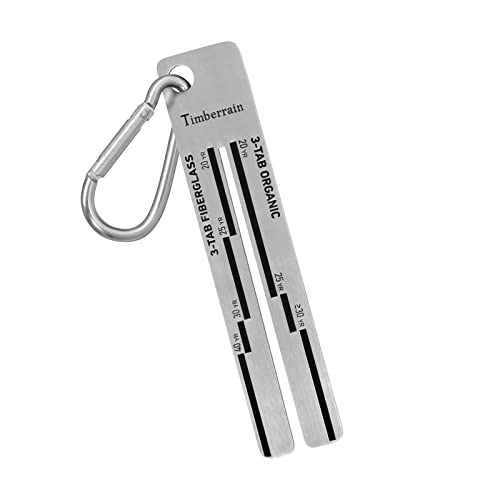I have trouble understanding the concepts of phase sequence, phase rotation and phasor rotation. The positive sequence ABC is 0 deg, -120 deg, and +120 degree while the negative sequence ACB is 0 deg, +120 deg, and -120 deg. However, I see sometimes +30 deg and -30 deg are added and I just don't understand when to use what.
Here is an example:
Three identical transformers, each with a ratio of transformation of 10, are to be connected to form a three-phase transformere bank. The high-voltage primary side has a balanced voltage of 1732 V. The balanced line current on the primary side is 17.3 A. Assume ideal transformers, a power factor of 0.94 lag, and ABC phase sequence. With the primary voltage V[SIZE=10pt]AB[/SIZE] as reference, find the secondary voltage V[SIZE=10pt]ab[/SIZE] and secondary line current I[SIZE=10pt]a[/SIZE] if the transformers are connected in Wye-delta.
Here is an example:
Three identical transformers, each with a ratio of transformation of 10, are to be connected to form a three-phase transformere bank. The high-voltage primary side has a balanced voltage of 1732 V. The balanced line current on the primary side is 17.3 A. Assume ideal transformers, a power factor of 0.94 lag, and ABC phase sequence. With the primary voltage V[SIZE=10pt]AB[/SIZE] as reference, find the secondary voltage V[SIZE=10pt]ab[/SIZE] and secondary line current I[SIZE=10pt]a[/SIZE] if the transformers are connected in Wye-delta.





















